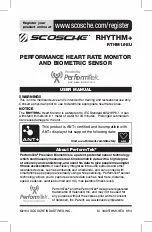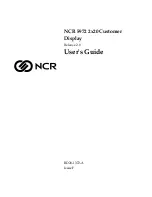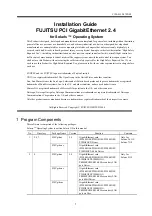
3
CHAPTER TWO
ABOUT THIS MANUAL
This chapter is intended to help you make the best use of this manual. Readers may
have different knowledge of ultrasonic bolt measurement and may find parts of this
manual repetitive or unnecessary.
2.1 New To Ultrasonics?
There are a variety of ultrasonic applications currently being utilized in today’s
industry. For example weld inspection, thickness measuring, immersion testing of
flaws, etc. The use of ultrasound to measure forces in fasteners is relatively new
compared to the previously mentioned traditional applications.
Ultrasonic measurement of bolts provides an extremely accurate means of
determining fastener load, provided the correct techniques are utilized. As a new
user, careful consideration of this entire manual is highly recommended.
2.2 New to fastener measurement?
Assuming you are familiar with ultrasonics, but unfamiliar with fastener measurement,
the chapters on transducer selection and the theory of operation can be skipped
entirely.
The
MAX II
measures load on the fastener by measuring the amount the fastener
stretches. As load is applied to the fastener, it stretch’s just as a spring would
stretch. The stretch is proportional to the load while the load is less than the elastic
limit of bolt. By measuring the stretch of the fastener and knowing the physical
properties of the fastener, the load of the fastener can be calculated. The
MAX II
measures the fastener stretch by ultrasonically measuring the change in length.
Be sure to setup and experiment with a test fixture of some kind as a means of
becoming familiar with your
MAX II
.
2.3 MAX II Overview
Summary of Contents for MAX II
Page 2: ......
Page 7: ......
Page 8: ......
Page 54: ...Dakota Ultrasonics 46 Figure 6 Reflection in a bending bolt ...
Page 215: ......












































